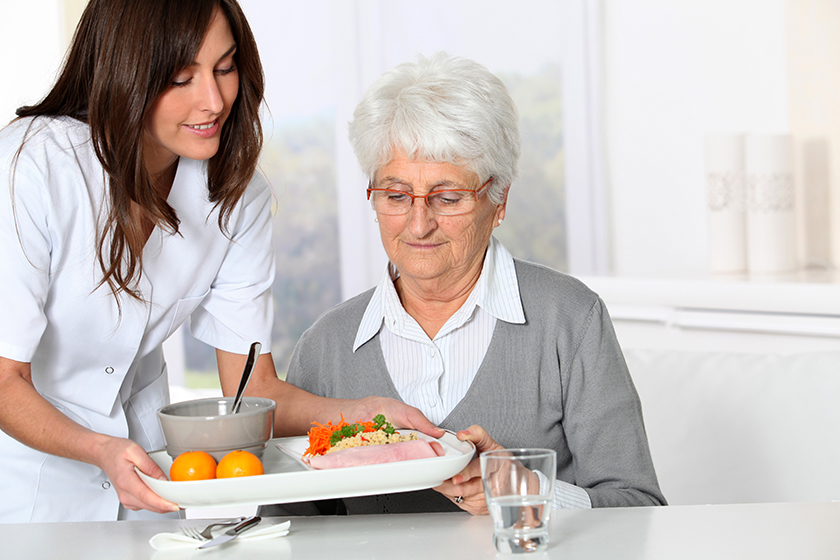A stroke can be a life-altering event, causing significant changes to daily routines and lifestyle choices. For many elderly individuals, one of the biggest changes occurs in the kitchen. Adapting your eating habits after a stroke is crucial for recovery, long-term health, and maintaining quality of life. Below are some tips to help you navigate this new path.
Understand the Dietary Changes Needed After a Stroke
After a stroke, doctors often recommend certain dietary changes. These changes aim to control blood pressure, lower cholesterol, manage weight, and prevent a second stroke. For example, reducing sodium can help control high blood pressure, and limiting saturated fats can help lower cholesterol levels. Understanding these changes and why they are important is the first step in adjusting your diet.
Create a Balanced Diet
Creating a balanced diet is key. The American Heart Association recommends a diet rich in fruits, vegetables, whole grains, lean proteins, and low-fat dairy. These foods provide essential nutrients without contributing to the risk factors associated with stroke. Try to eat a variety of foods to ensure you are getting a well-rounded diet.
Control Portion Sizes
Even healthy foods can contribute to weight gain if eaten in large quantities. To manage weight and prevent overeating, it’s important to pay attention to portion sizes. Using smaller plates, bowls, and glasses can help you serve smaller portions and still feel satisfied.
Stay Hydrated
Staying hydrated is important for overall health, especially after a stroke. Water aids digestion, keeps your body temperature normal, and helps your body eliminate waste. While water is the best choice, other fluids like unsweetened tea, low-sodium broths, and milk also contribute to your daily fluid intake.
Consult with a Dietitian
A registered dietitian can provide personalized advice and meal plans. They take into account your personal food preferences, lifestyle, and specific health conditions. Consulting a dietitian can be particularly helpful if you have other health conditions like diabetes or kidney disease.
Practice Mindful Eating
Mindful eating involves paying attention to what you’re eating and how much. Eating slowly and without distraction can help you better recognize when you’re full, which can prevent overeating.
Overcome Swallowing Difficulties
Some stroke survivors experience dysphagia, or difficulty swallowing. This can make eating challenging and even dangerous. If you experience this, a speech therapist can help you with exercises and strategies. You may need to modify the texture of your food or use special swallowing techniques.
Ensure Adequate Nutrition If You Have Eating Restrictions
If you have been placed on a restrictive diet or have difficulty eating due to swallowing problems, ensure you’re still receiving adequate nutrition. This may involve using nutritional supplements or consuming nutrient-dense foods.
Maintain Regular Meal Times
Regular meal times help your body maintain stable blood sugar levels, which is especially important if you have diabetes. They also provide a sense of routine, which can be comforting during the recovery process.
Make Eating Enjoyable
Lastly, remember that eating should still be enjoyable. Experiment with new recipes that meet your dietary requirements. Involve family and friends in meal preparation and eating. Your diet might have changed, but that doesn’t mean your meals can’t be delicious and enjoyable.
Navigating dietary changes after a stroke can be challenging, but with these tips and the help of your healthcare team, you can adapt to your new needs and maintain a healthy, satisfying diet.







